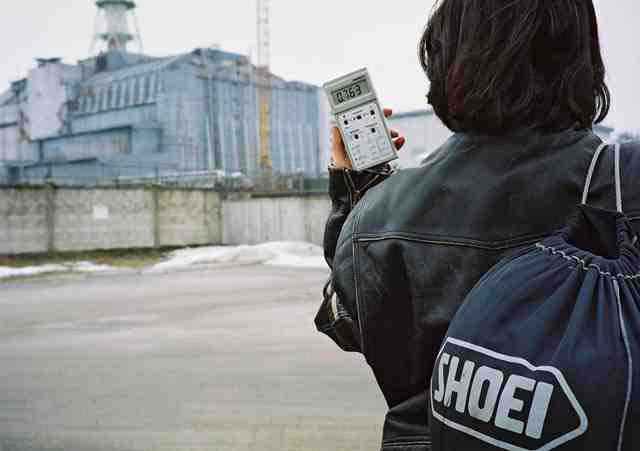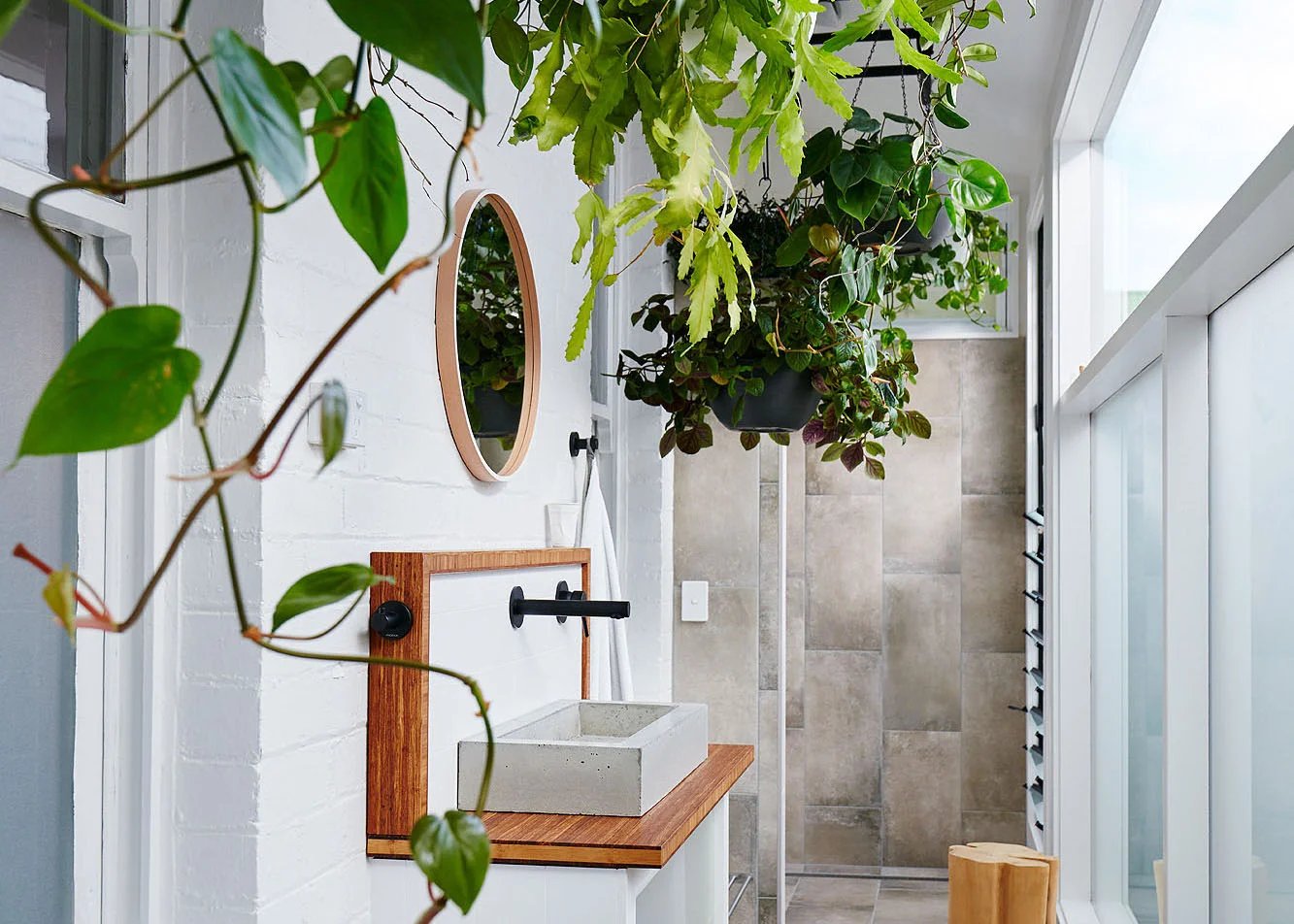In September this year, I attended and presented at the SEAM symposium, convened by Samantha Spurr, Margie Medlin, and Benedict Anderson and held at the very lovely venue of Critical Path. This symposium was beautifully crafted and put together with a great deal of care. It was one of those conferences that you remember in terms of generating a feeling of community and enthusiasm for the act of gathering and sharing ideas. A far cry from some others, where it seems more about attaining notches on the refereed conference paper bedhead than a genuine desire to engage. It was, as such, extremely appropriate that Brian Massumi and Erin Manning were keynotes, given that they have a history of convening experimental workshop events that are utterly held together by that kind of generosity, and have not a sniff of the 'refereed' about it.
I felt very honored to give one of the keynote presentations on Thursday, Sept 17th. Brian Massumi and Andrew Benjamin presented on the first night, and myself with Erin Manning on the second night.
My presentation was called 'The Erotic Return', where I discussed how affective states have more to offer the research we do as designers than we have cared to acknowledge. The erotic is a somewhat exemplary category of affective intensity because it’s hard to really think about eroticism without and being aware of feeling, or bodily movements. Thought and feeling coincide. As George Bataille wrote in his study on the subject: “Eroticism is an experience that cannot be assessed from the outside in the way an object can.”
 The tingles and flushes of emerging erotic experience are not usually acknowledged features of a design discourse. Encountering an excruciatingly beautiful drawing might make you tingle, taking you to the verge of an erotic experience, but I shudder to think of the awkward pause that might arise in a social or professional situation should you give voice to your experience of that tingle. What I was trying to convey in the presentation, through some project work examples, was: if we are affected by engaging with a creative work, we enter into an even more complex, dynamic, aesthetically driven process when we produce creative work, and that awareness of affectivity is important for research by creative practice. This argument has strong links to those developed in my PhD 'The Aesthetics of Emergence', but is a development upon it. I hope to work up a paper or three on the connections between emergent research methodology (commonly known as 'post-design rationalisation' – which I thorough believe is both valid and necessary for creative work), and the erotic (or, what I am calling in a Nietzschian play, 'The Erotic Return').
The tingles and flushes of emerging erotic experience are not usually acknowledged features of a design discourse. Encountering an excruciatingly beautiful drawing might make you tingle, taking you to the verge of an erotic experience, but I shudder to think of the awkward pause that might arise in a social or professional situation should you give voice to your experience of that tingle. What I was trying to convey in the presentation, through some project work examples, was: if we are affected by engaging with a creative work, we enter into an even more complex, dynamic, aesthetically driven process when we produce creative work, and that awareness of affectivity is important for research by creative practice. This argument has strong links to those developed in my PhD 'The Aesthetics of Emergence', but is a development upon it. I hope to work up a paper or three on the connections between emergent research methodology (commonly known as 'post-design rationalisation' – which I thorough believe is both valid and necessary for creative work), and the erotic (or, what I am calling in a Nietzschian play, 'The Erotic Return').
Intimate Transactions
This is a link to Keith Armstrong's site and his page on Intimate Transactions, a multi-user interactive work. There is a very good video there explaining the multiple dimensions of the work and its process of development.
I was involved in designing and developing the haptic feedback system for this project (shown in images below), with Inger Mewburn. We did this collaboration back in 2004. Since then the interactive has travelled the world extensively, with significant acclaim thanks to Keith's excellent direction of the overall project.




Detailed discussions about our role in this project, and what we learnt from it can be found in two places:
1. My doctorate, The Aesthetics of Emergence, see 'Vibrating Bodies': pp. 240-268.
2. Ednie-Brown, Pia and Mewburn, Inger, (2006) ‘Laughter and The Undeniable Difference Between Us’, in Hamilton, Jillian (Ed.) Intimate Transactions: Art, Exhibition and Interaction within Distributed Network Environments, Australian Centre for Interaction Design, Queensland University of Technology.
love latex?
How to make your own latex leggings | Making Latex Clothing. this has got them twittering :-)
and it might just get me making (not pants though).
extreme change
So what the hell's going on in the Eastern States of Australia in the last month? Massive floods in the north, drought and unprecedented fire storms in the south, and now earthquakes in Victoria and a cyclone brewing in Queensland. Climate change is what they call it. All this in the midst of the global financial crisis and, in the past days, the numbers showing that Australia is now in recession. Everything seems to be extreme and on the move: an all pervasive climate of change.Remember the opening line of the web film EPIC 2015? "It is the best of times, it is the worst of times". With the help of google, i now know this refers to a quote from Charles Dickens, which you can read here. The reason I looked this up was that Philip Adams also refers to it in his column in the today's weekend Australian magazine. His article is more-or-less a call for wary optimism: that in this time of doom, gloom and radical upheaval, we can still be optimistic about the future, but we should not simply expect the best to happen, but attempt to actively make it happen (well, he says we should "demand" it, but i think we need to be a little more creative than just making demands). It turns out that Adams is a little cynical of the following, but this is what caught my eye: "The worst of times? No, these are the best of times, an opportunity for unprecedented creativity. For ideas and innovations in economics, in politics, in environmental strategies." While we should be wary of either blind optimism or gloomy doomsayers, constructing future scenarios that enter into a energetic, engaged enthusiasm about possibilities seems vitally important in this climate of change.
plastic futures blog
My latest research seminar, Plastic Futures, starts this week. The blog, in its embryonic form, has been set up. It can be found here, and the poster can be downloaded as well: plastic futures poster
emergent devolution
If the evolution of species is a clear case of emergence, this article would seem to point to a case of emergent devolution, where the demise of a species (honeybees) is arising without any simple cause being attributable.
new scientist article

becoming animal
The rather mind mind-boggling news about the Californian woman giving birth to eight babies (and she already has six), made me think of Patricia Piccinnini's work, particularly her piece 'The Young Family': The Californian brood was the result of IVF, the embryos being artifically implanted (they apparently didn't expect all of them to 'take'). Interesting how biotechnology is leading us closer to our animal companions.
The Californian brood was the result of IVF, the embryos being artifically implanted (they apparently didn't expect all of them to 'take'). Interesting how biotechnology is leading us closer to our animal companions.
Architecture and processing change
For many, architects largely offer frameworks for boutique living and institutional arrangements. Ushering in formal expressions of individual luxury and collective organisation, they are servants of power.This is a caricature. The role of architecture and architects is, can, and should be far more active, experimental and ethically inclined in it's contribution than such a caricature suggests. The dimensions of life with which architecture works are many and complex, and the relationships between them are tricky. Formal arrangements affect what we can do and how we can function, how we feel in psychological and physiological ways, and how we understand our relationships with others and the world, or environment, in general. Amidst this vast and multi-dimensional terrain there is one tricky issue that particularly interests me: the role of formal arrangements in terms of comprehending change. Processes of change are always occurring, in radically variant degrees and kinds. For reasons I won't elaborate on right now, it takes longer for us to form a cognitive understanding of events than to grasp those events in a more 'sensed', felt or aesthetic way: we can feel and respond to a change far in advance of our capacity to 'think it through'. The act of designing can be a way of approaching and forming pre-cognitive understandings of what's happening. Design is an act of expression and an exposure, to others and to oneself, of the forms of organisation through which we feel-think our way through the world. We 'show' ourselves how we are 'wired' through the things we make, at the same time as we develop and change that 'wiring' of relations through negotiating this very act of showing. So, to return to the beginning of this post, the role of architects and their designs can be far more active in both comprehending, organising and generating change than the 'servant of power' caricature suggests.
radioactive journey
chernobyl-land-of-the-wolvesIf you ever consider becoming a nuclear power supporter, have a read through this site. It is very illuminating. One inquisitive, brave woman on a motorcycle takes you on a tour through the remains of the Chernobyl disaster. This is rich material that links with some research done earlier on contamination as an issue: contaminated life

open source urbanism
Scott Mitchell and Rory Hyde's project web site is worth a look. Two clever people, doing a very interesting project:opensourceurbanism
great physics-drawing game
 http://www.crayonphysics.com/
this is lovely, and exercises a particular kind of physics/machinic thinking.
http://www.crayonphysics.com/
this is lovely, and exercises a particular kind of physics/machinic thinking.
thanks to Paul Minifie for sending it.
on emergence and architectural models
Foreskins for the face
I recently discovered an anti-aging beauty treatment with the primary ingedient of 'Human Fibroblast Conditioned Media'. They make this with newborn foreskins. But the process, if I understand correctly, involves 'conditioning' a particular media with the foreskins. So, as collaborator Oron Catts pointed out, what is the media? Fetal calf serum? Is it a strange hybrid of cow fetus and human newborn?
Plastic Futures; adaptation and the molecular
Latest idea of seminar 09 title.
books
In picking up a book to get an idea of what its like, eyes flick through thin leaves of words that offer up a semblance of style and mode of assembly. But in returning to a book after its read, if it was a good read, a similar action will pull you into deep images, full of fluttering dimensions in peripheral places, like corners and under bushes. It’s like the difference between seeing someone unfamiliar walk by, and then seeing them again after having spent years in their company.
Graduate Research Conference: key note lecture
Presented key note lecture at the October 2008 Graduate Research Conference at RMIT, in the School of Architecture and Design.
Poster
ARC Discovery Project
Successful acquisition of Australian Research Council Discovery grant:
Ethics and aesthetics as criteria for innovation: A design research study of biological art and digital architecture Funded ARC Grant 2009-2011
This project aims to understand innovation through design research, namely by engaging and reflecting on the activity of designing. It will develop and study a network of artists and designers in an emerging field of innovative practice, to capitalize on Australian expertise, and capture new knowledge about designerly ways of knowing that underpin innovation. Australia must innovate to tackle issues such as climate change, characterised by uncertainty, instability, uniqueness, and value conflicts. The research develops the central claim of design research, namely that design is a discipline with specific forms of knowledge, and specifically considers the role of this knowledge in the vital area of innovation. ARC grant Chief investigators: Dr Pia Ednie-Brown, Dr Andrew Burrow and Prof. Mark Burry of RMIT University, and Oron Catts, SymbioticA, UWA.
The Aesthetics of Emergence shortlisted
My doctoral thesis, The Aesthetics of Emergence, was shortlisted for the RIBA President's Awards for Research 2008.News release.





